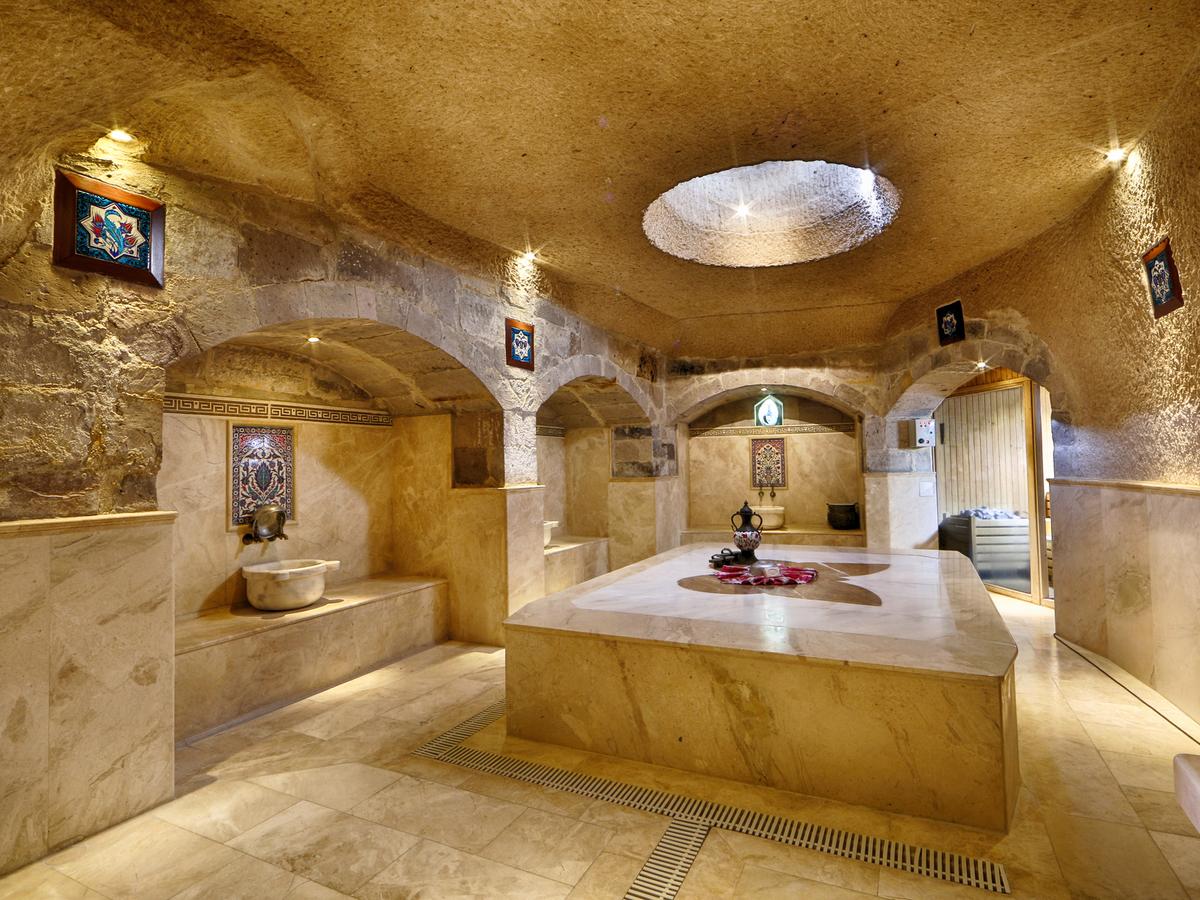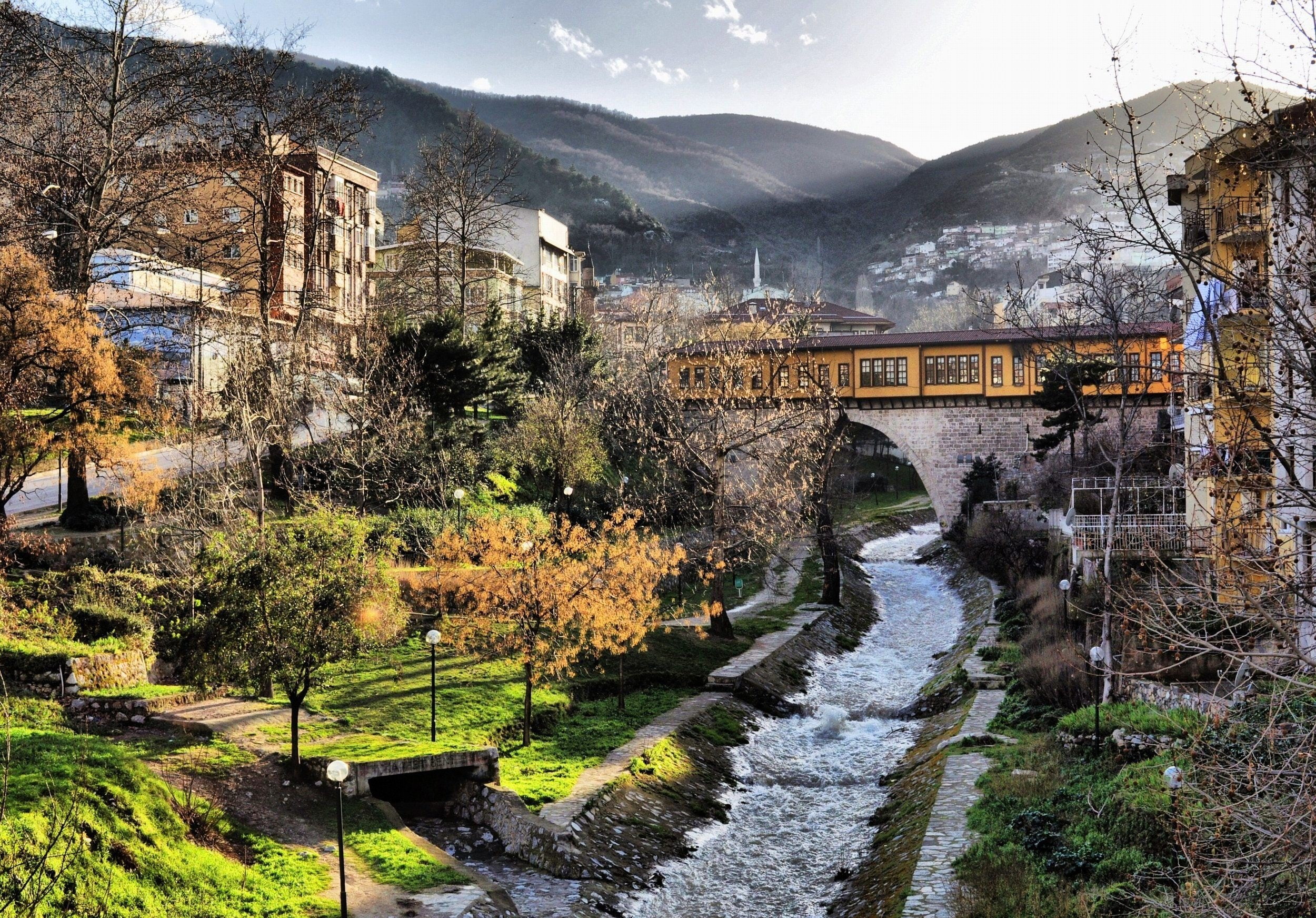A Turkish bath or Hammam (Turkish: hamam, Arabic: حمّام, romanized: ḥammām) is a place of public bathing associated with the Islamic world.[1] It is a prominent feature in the culture of the Ottoman Empire, as well as other regions and historical periods of the Muslim world. A variation on it as a method of cleansing and relaxation became popular during the Victorian era, and then spread through the British Empire and Western Europe. The buildings are similar to Roman thermae. Unlike Russian saunas (banya), which use steam, Turkish baths focus on water
The particular bathing process roughly parallels ancient Roman bathing practices. It starts with relaxation in a room heated by a continuous flow of hot, dry air, allowing the bather to perspire freely. Bathers may then move to an even hotter room before they wash in cold water. After performing a full body wash and receiving a massage, bathers finally retire to the cooling-room for a period of relaxation.
Unlike a hammam, Victorian Turkish baths use hot, dry air; in the Islamic hammam the air is often steamy. The bather in a Victorian Ottoman bath will often take a plunge in a cold pool after the hot rooms; the Islamic hammam usually does not have a pool unless the water is flowing from a spring. In the Islamic hammams, the bathers splash themselves with cold water.
The Victorian Turkish bath was described by Johann Ludwig Wilhelm Thudichum in a lecture to the Royal Society of Medicine given in 1861, one year after the first such bath was opened in London:
The discovery that was lost and has been found again, is this, in the fewest possible words: The application of hot air to the human body. It is not wet air, nor moist air, nor vapoury air; it is not vapour in any shape or form whatever. It is an immersion of the whole body in hot common air.




